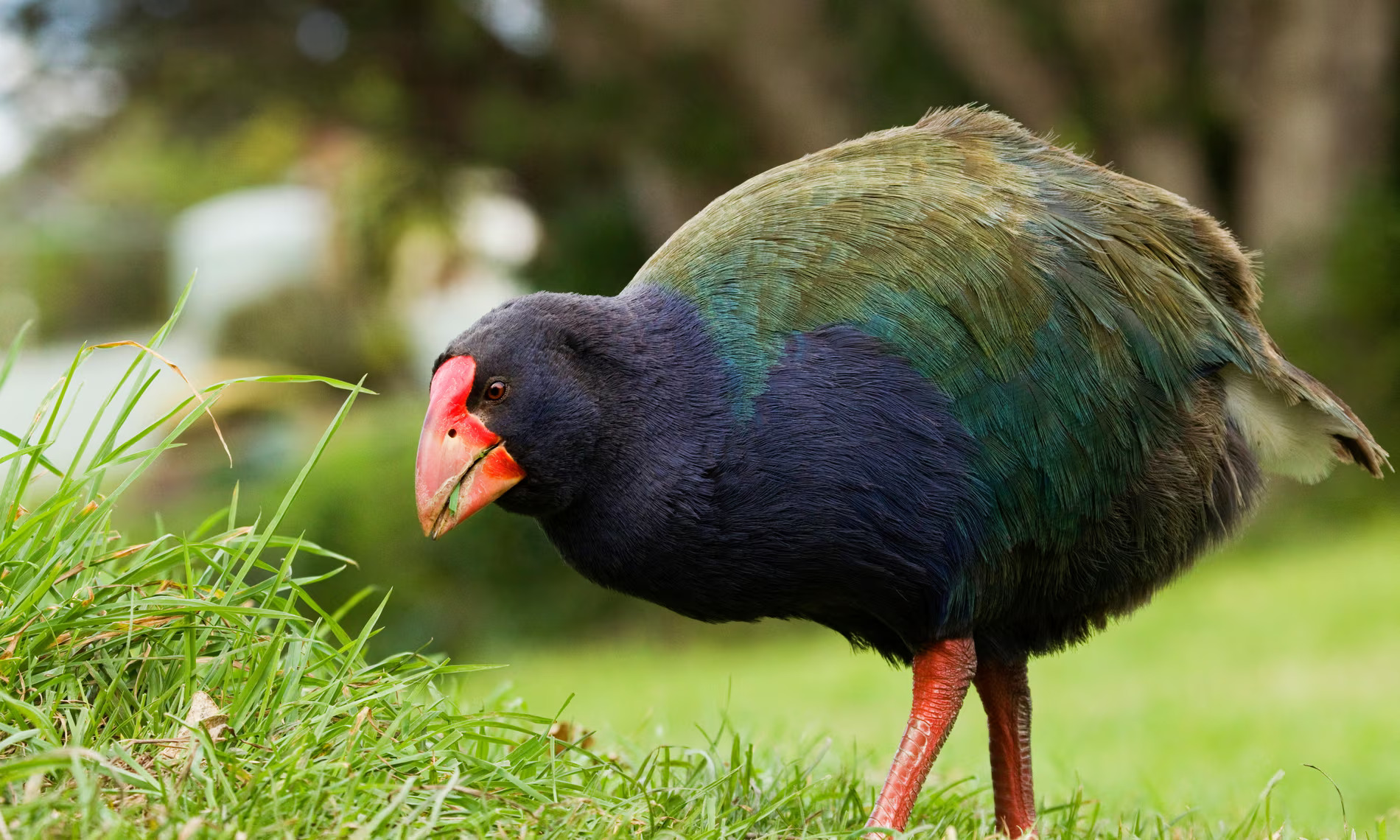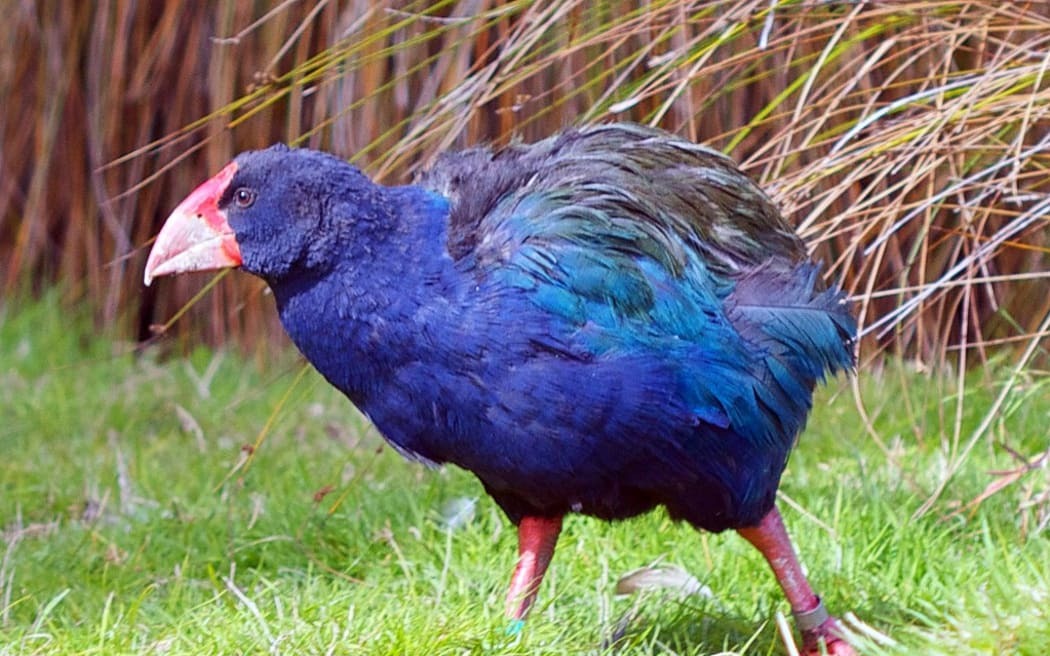New Zealand’s native birds, which are renowned for their unique traits and are an integral part of the country’s identity, face a significant threat from a new strain of bird flu. Many of these birds are endangered and include species that cannot fly, have unusual behaviors, or are culturally significant. The highly pathogenic H5N1 avian influenza strain poses a severe risk to these already vulnerable populations, prompting urgent measures to protect them.
The country has entered the second phase of vaccination trials for its native birds, with preliminary results showing promise. The trials involve five critically endangered species, including the takahē, kākāpō, tūturuatu, kakī, and a type of kākāriki. These species have been given two doses of the vaccine a month apart, and six-month efficacy tests are forthcoming to assess the vaccine’s effectiveness in preventing the flu.

New Zealand’s Native Birds Face Threat from New Strain of Bird Flu Prompting Urgent Vaccination Trials
Birds hold a special place in New Zealand’s culture and ecosystem, with numerous native species playing a crucial role in its biodiversity. The country has more native bird species than mammals, and they frequently feature in popular culture and national symbols. However, New Zealand is facing heightened biosecurity concerns, especially given that the H5N1 strain has already caused severe declines in bird populations globally, including reaching Antarctica and affecting seabirds across the Southern Ocean.
Although New Zealand has not yet reported any cases of H5N1, government agencies are proactively implementing biosecurity measures. These include intensifying surveillance of wild seabird populations and preparing vaccination strategies. The aim is to limit the potential spread of the virus and protect the most at-risk species. Notably, New Zealand’s seabird diversity is unmatched globally, with many species already listed as endangered, making the threat particularly dire.
Efforts to combat the disease involve not only vaccination but also preparing for potential outbreaks. Vaccination trials are ongoing, and scientists are setting up isolation units to manage any potential cases. Additionally, biosecurity plans are being developed for poultry farms to minimize the risk of transmission. The uncertainty surrounding the virus’s arrival and impact has led to a sense of urgency among conservationists, highlighting the need for continued vigilance and preparedness.











































